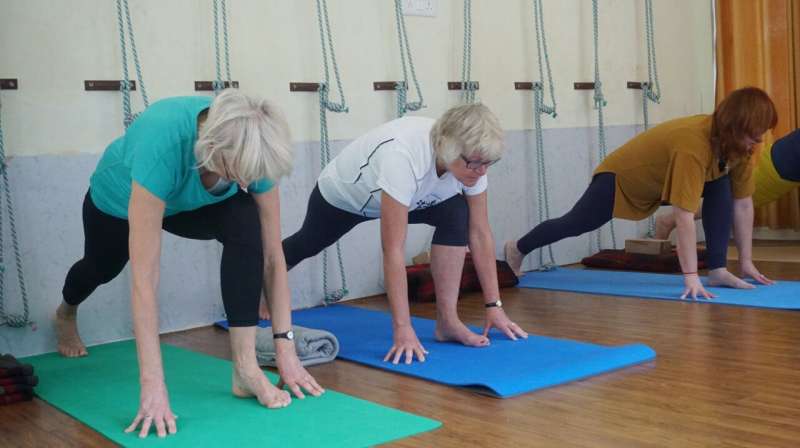New Insights into How Intentions and Actions Are Connected in the Brain via Brain-Machine Interfaces

Researchers led by Jean-Paul Noel at the University of Minnesota have made significant advances in understanding the temporal relationship between intentions and actions by using advanced brain-machine interface (BMI) technology. The study focused on individuals with paralysis due to spinal cord injury at C4/C5, who had 96 electrodes implanted in the motor cortex area responsible for hand movements.
During the experiment, participants attempted to squeeze a ball, and a machine-learning algorithm analyzed neural signals to decode the intention to move. When successfully decoded, electrical signals were sent to the muscles to produce the movement, with the participant perceiving the intended action as occurring approximately 71 milliseconds earlier than its actual occurrence, indicating a slight temporal compression.
A key part of the research involved disrupting the flow of intentions and actions. By randomly stimulating the hand to squeeze the ball, thus removing the participant’s genuine intention, researchers observed that the perceived timing of actions occurred much later. Conversely, when participants tried to move but their actions were prevented, the intention was perceived as happening earlier, even if the sound indicating action occurred afterward. These results suggest that the brain perceives intentions and actions as more closely linked than they are in reality, with a compressed temporal binding between them.
Electrophysiological recordings from the motor cortex revealed that neurons in this area encode intentions, supporting the idea that the subjective experience of intending to move is represented neurally in the primary motor cortex. This aligns with previous findings that suggest brain activity related to intentions can occur up to a second before conscious awareness of the urge to move.
The study's implications extend the ongoing debate about free will and neural determinism by demonstrating that neural activity related to movement intentions coincides with subjective awareness, potentially reshaping our understanding of voluntary movement and conscious intention. The research underscores the importance of neural recordings in elucidating the mechanisms underlying human volition.
Overall, this research offers new perspectives on the neural basis of intentions and how they relate to actions, advancing our understanding of motor control and the conscious experience of volition.
Stay Updated with Mia's Feed
Get the latest health & wellness insights delivered straight to your inbox.
Related Articles
Research Finds Pickleball Safe for Overweight and Obese Players, Offering a Good Option for Weight Management
A groundbreaking study reveals that pickleball is safe for overweight and obese players, making it an excellent activity for weight management without increasing injury risk.
How Physical Activity Enhances Memory in Alzheimer's Disease
Regular physical activity boosts brain health and memory in Alzheimer's disease by enhancing growth factor signaling pathways. Recent research highlights exercise's potential to slow cognitive decline through molecular mechanisms in the hippocampus.
Feasibility of Personalized Exercise Programs for Adults Over 80 with Osteoarthritis
A groundbreaking study shows that tailored exercise programs are practical and well-received for adults over 80 with osteoarthritis, supporting larger clinical trials to improve seniors' mobility and quality of life.


